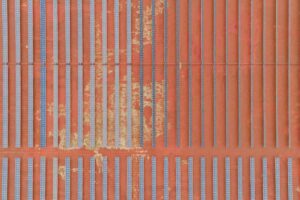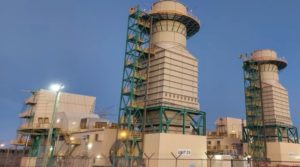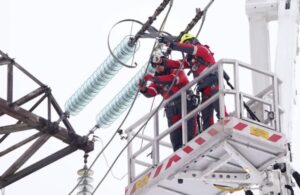By Tina Casey, of CleanTechnica
The U.S. Navy’s Green Strike Group has just sailed out to show off America’s biofuel-enabled power to the world this summer at the RIMPAC maritime exercise (which includes Australia), so the timing is perfect for yet another biofuel announcement. This one involves the Navy, the Department of Energy and the Department of Agriculture in a $62 million, public-private effort to develop drop-in aviation biofuel and biodiesel on a cost-competitive scale. Hey, didn’t Congress just say there wouldn’t be any more spending on biofuels?
Biofuels Blow Past Congress
The announcement follows a months-long battle over the U.S. military’s biofuel initiatives, which ended up with a Republican-led attempt in Congress to prevent the Department of Defense from purchasing biofuels, at least not until the price reaches parity with fossil fuels.
Senator John McCain (R-AZ) also tacked on a provision that was supposed to prevent DoD from building its own biorefineries.
However, it seems that the Administration has found a way around both obstacles.
The new round of funding is made possible under a 1950′s-era authority within the Defense Production Act, which has been used routinely in the past to ensure the domestic availability of vital defense-related materials and products such as steel, aluminum and semiconductors.
Of the $62 million in funding, some will go to provide seed money for a new commercial-scale biorefinery as well as pilot and demonstration-scale projects.
Part of the funds will also be aimed at foundational biofuel research with a focus on non-food crops, algae and waste materials.
Together, the projects will help speed the private sector biofuel industry toward parity with petroleum fuel, rendering Congress’s action moot.
Getting Aviation Biofuel off the Ground
“Drop-in” is the catch for the Navy’s aviation biofuel. Qualifying fuels have to meet extreme performance standards for aircraft without damaging engines and related systems, and it also has to go through the existing transportation, storage and fueling infrastructure without damaging equipment or causing new health and safety issues.
The Navy and Air Force have been testing algae and camelina (a weedy plant) biofuel blended 50-50 with conventional fuel on a variety of aircraft including fighter jets and helicopters for more than a year, and so far the biofuel blends have gotten the green light (haha sorry, couldn’t resist that one).
In fact, as reported by Jim Lane over at Biofuels Digest, “new tests conducted at Wright-Patterson Air Force Base have revealed that US warplanes are capable of flying faster and carry more payload on missions, when flying with synthetic fuels, including biofuels, compared to conventional military jet fuels made from petroleum.”
RIMPAC and Navy Biofuels
Not for nothing, but RIMPAC (it stands for Rim of the Pacific) is a competitive exercise and it is the largest multinational exercise of its kind in the world, held every other year since 1971.
It will go on all through July with a total of 40 ships, six submarines, more than 200 aircraft and 25,000 personnel from 22 countries including Australia, France, Japan, Republic of Korea, Russia and the U.K.
Aside from trying to out-do the other participants, the Navy’s Green Strike Group is there to show off the power of made-in-America fuels to the entire world, so you’d think that if anything the party of “support our troops” would be sending those ships and aircraft out with a loud cheer instead of trying to monkeywrench the entire biofuel program.
Oh, well.
Source: Clean Technica (http://s.tt/1gJc0) Reproduced with permission.










